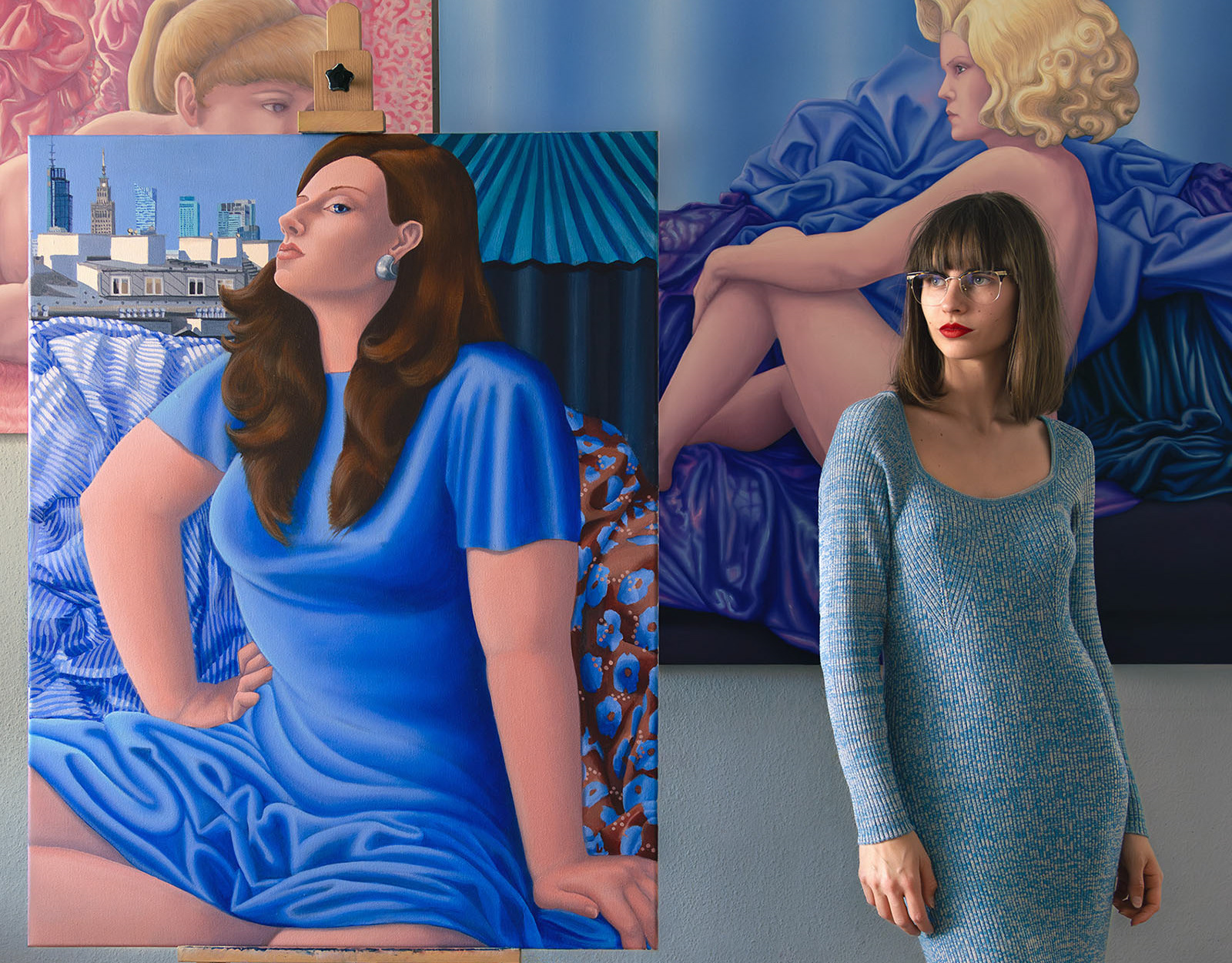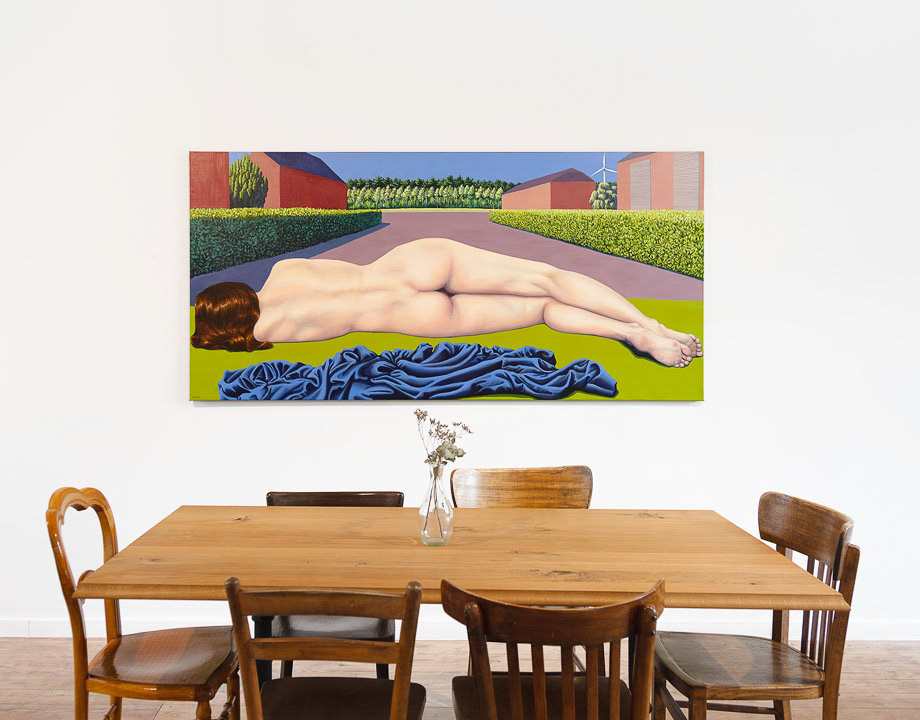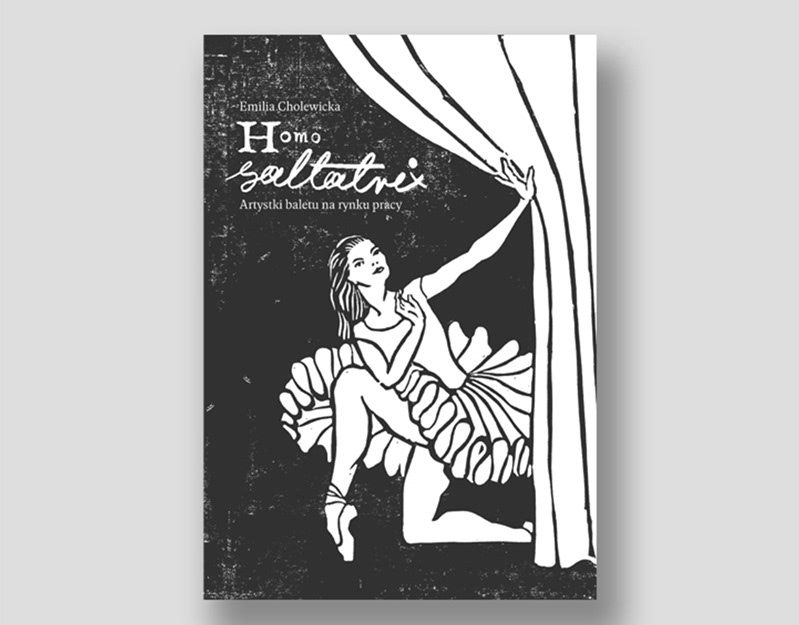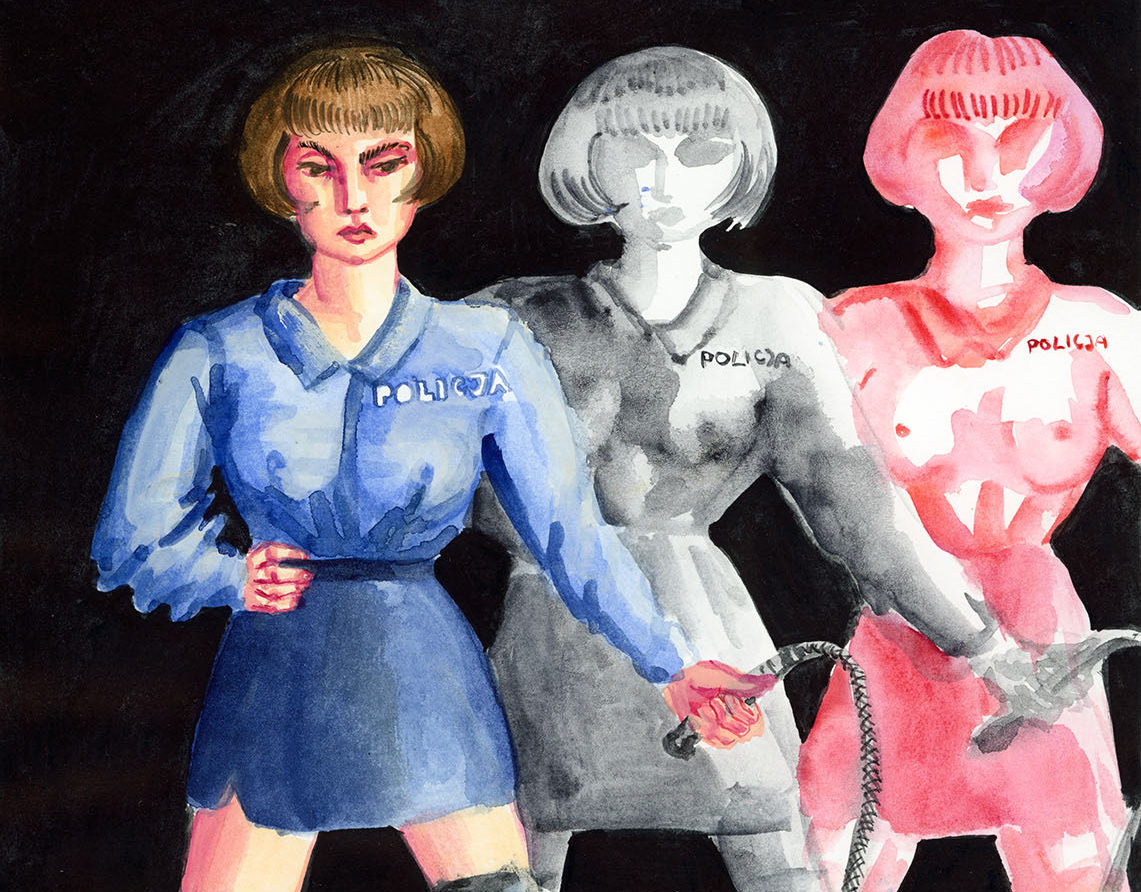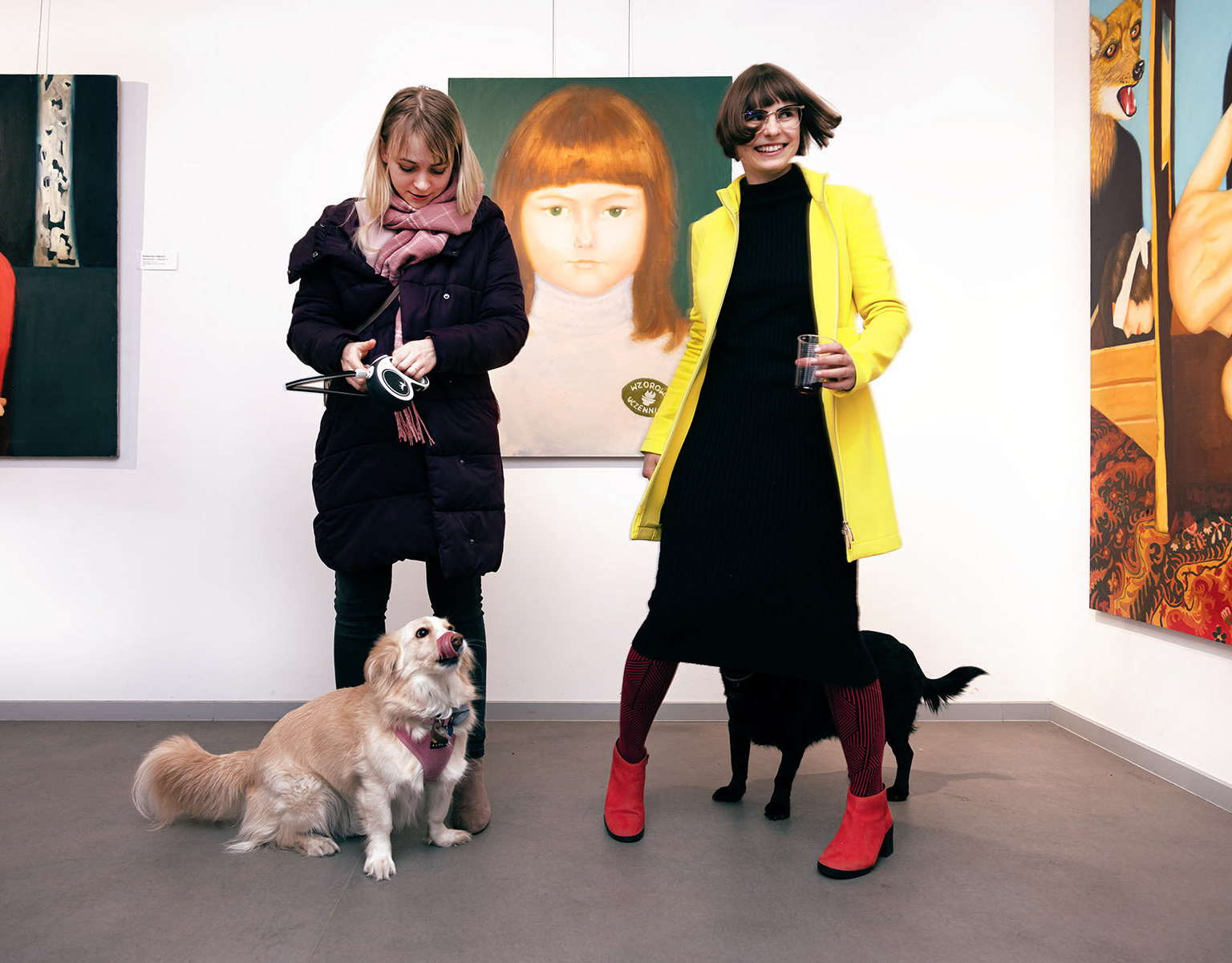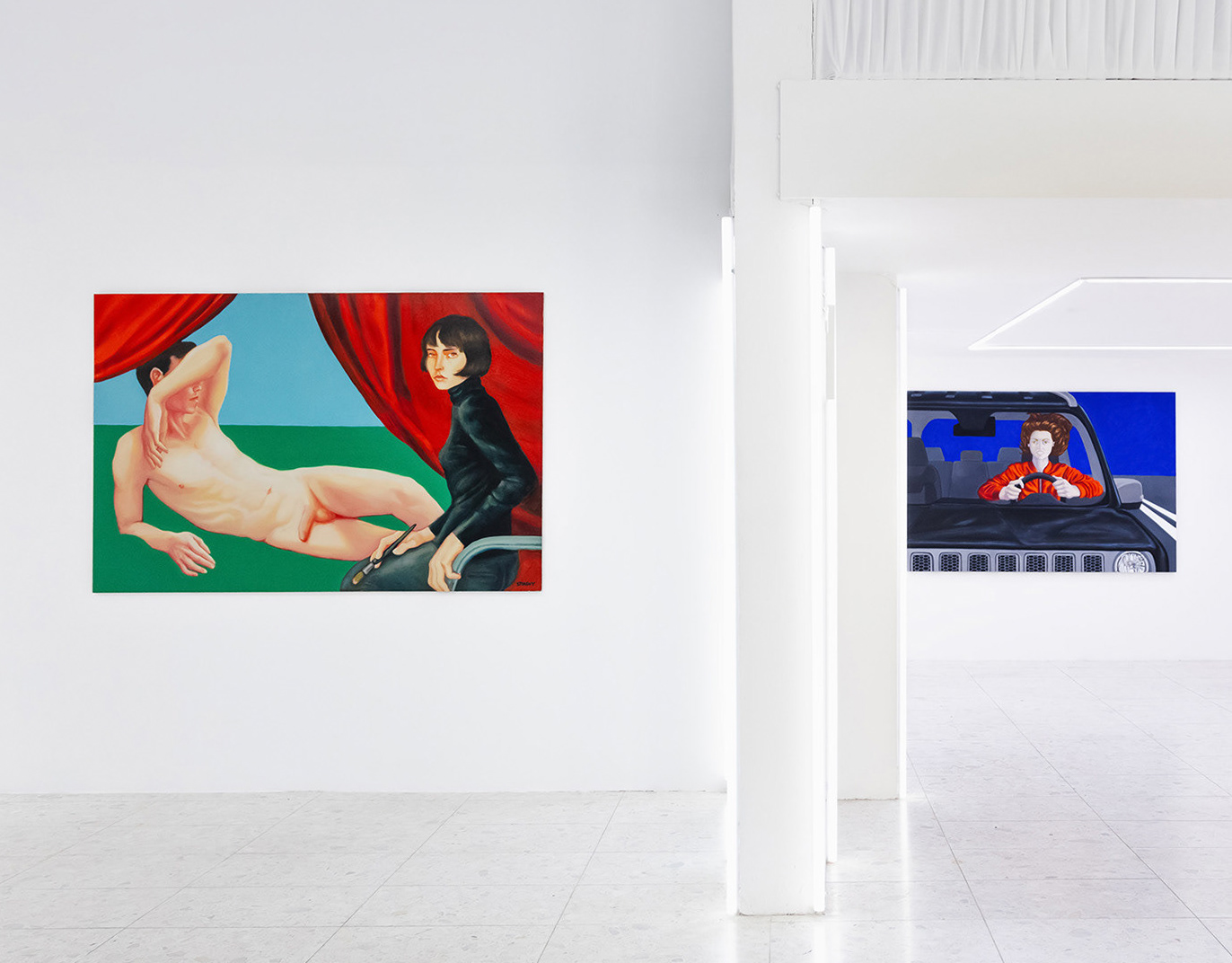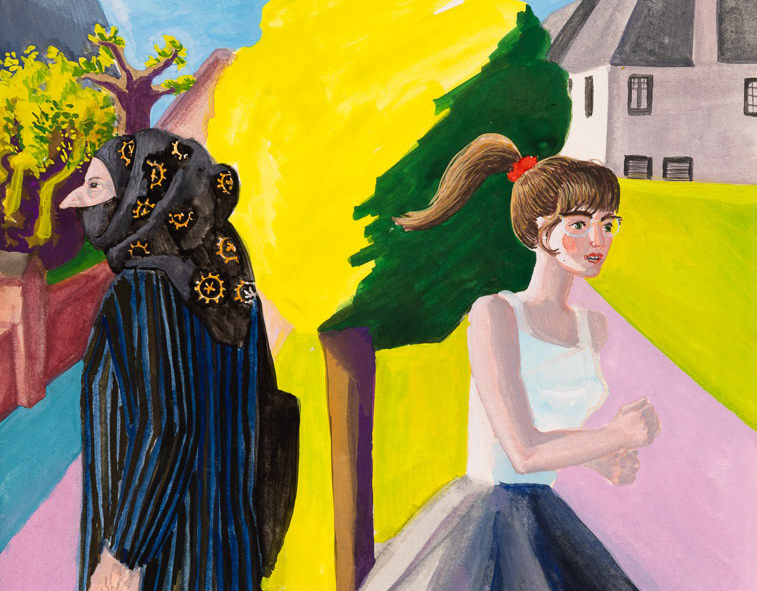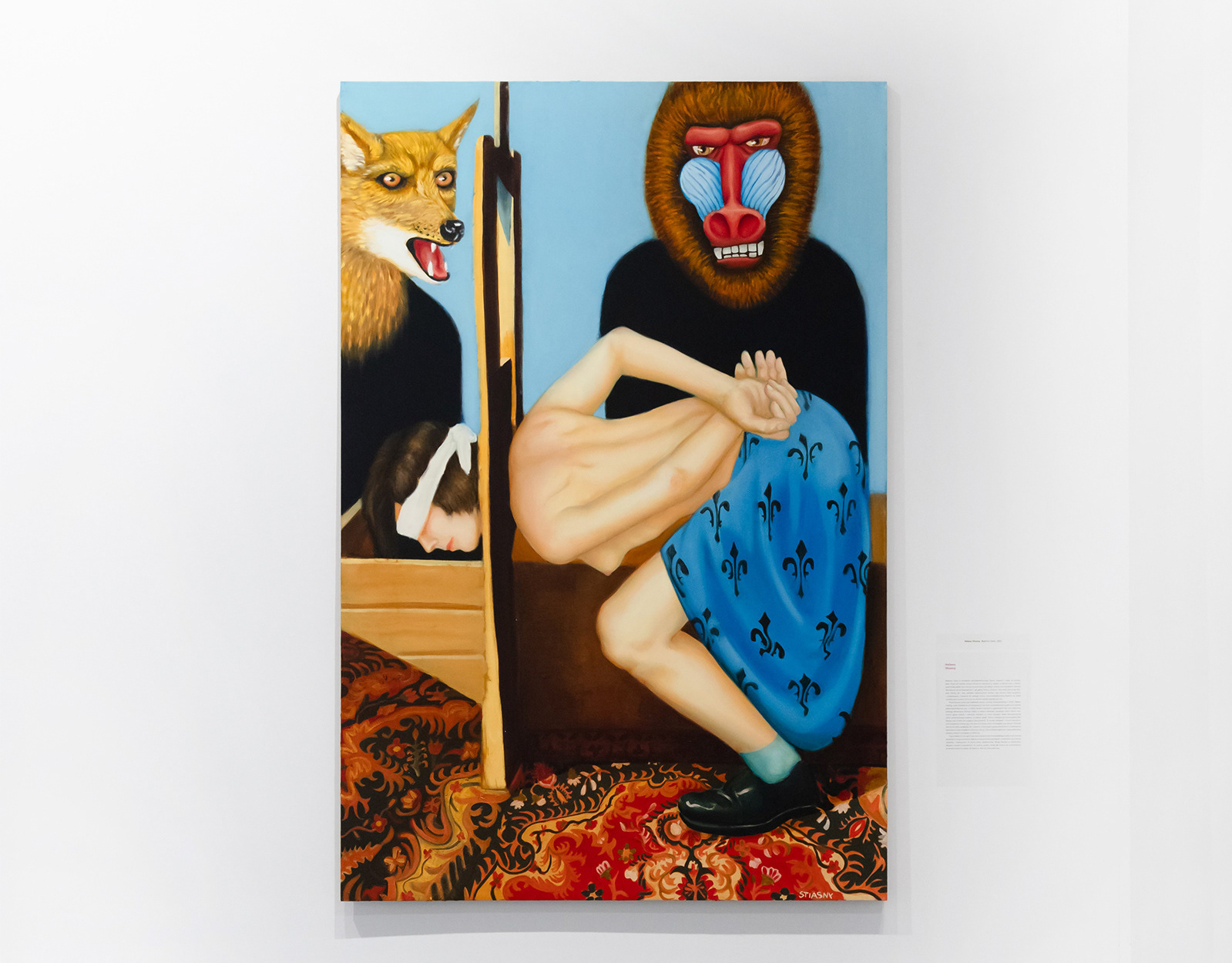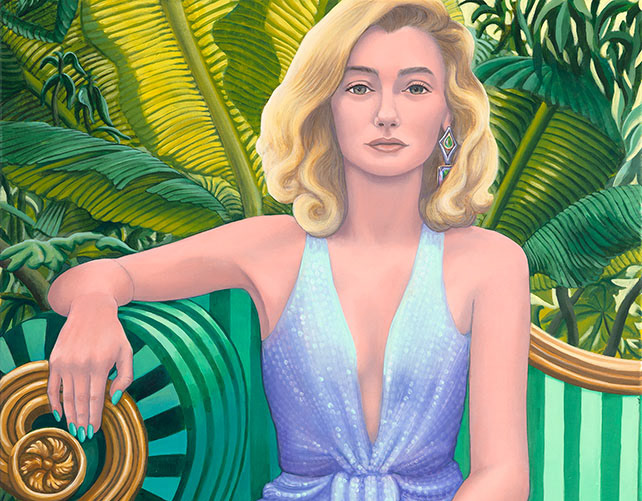"Falada, Falada, thou art dead, and all the joy in my life has fled."
The subjects of my diploma are absence, emptiness, solitude and an enormous grief. Longing for lost dreams and confronting them with an empty reality, where nobody is. Looking inwards and backwards while facing the nightmare of the real. When nothing happens and nothing is there.
Absence.
Emptiness.
Solitude.
Don’t leave me.
You are not there.
No one is.
My self-portraits are complemented with allegorical creatures. They present visions from between the dream and the wake. They are the physical manifestation of mental states, full of symbolic representations and archetypal images, which are for me the comments to private and intimate experiences. I depict myself with and towards my solitude, longings, sorrows, feelings of lost and bitterness. My paintings speak with the use of universal and accidental symbols. There are the elements of good and evil, and their indistinguishness. Interpretative ambiguities. Things that came directly from the dream: figures and objects of uncertain ontological status. Scenes from the paintings are like the dream ones, presenting the absolute state of passivity and defencelessness.
The title “Falada, Falada, thou art dead, and all the joy in my life has fled” is the quotation from one of the Brothers Grimm tales. These are the words uttered by a deceived princess from whom everything has been taken away. Falada was her speaking horse, a gift from her mother. Nonetheless Falada did not spoken when it was needed and let himself get killed. His decapitated head was hung in the dark gate. From then on, the princess who became a goose-girl, would address the head in these words: “Falada, Falada, thou art dead, and all the joy in my life has fled.” I interpret this sentence as a metaphor for the lost of dreams after leaving the land of the childhood. The grief addressed to the unfulfilled promises and imaginary creatures that have lost their power, that let themselves get killed and the only thing left is absence. Emptiness. Solitude.
The talks with Falada are the talks with oneself. Dialogue of the Self and the imaginary. The action directed inwards, to a completely inaccessible, peculiar world. It is very personal and inbred.
The important part of this whole image is the issue of femininity. By the use of self-portrait I join the feminist discourse and engage in the dialog with the image of woman created by our culture. Referring to the depictions known well from the art history and pop-culture, I play the roles that society gives me, undermining their status. In my self-portraits returns the question about the nature of femininity, about its elusive character, which places me in the picture between the position of the telling subject and the object to look at. My self-portraits are sharing intimacy, catching the lost time, but also taking over the full of distance narrative about my own image. The try to take back female body as my body and as a medium to speak about myself, my thoughts, feelings, experiences and needs, not only about the men’s desire.
